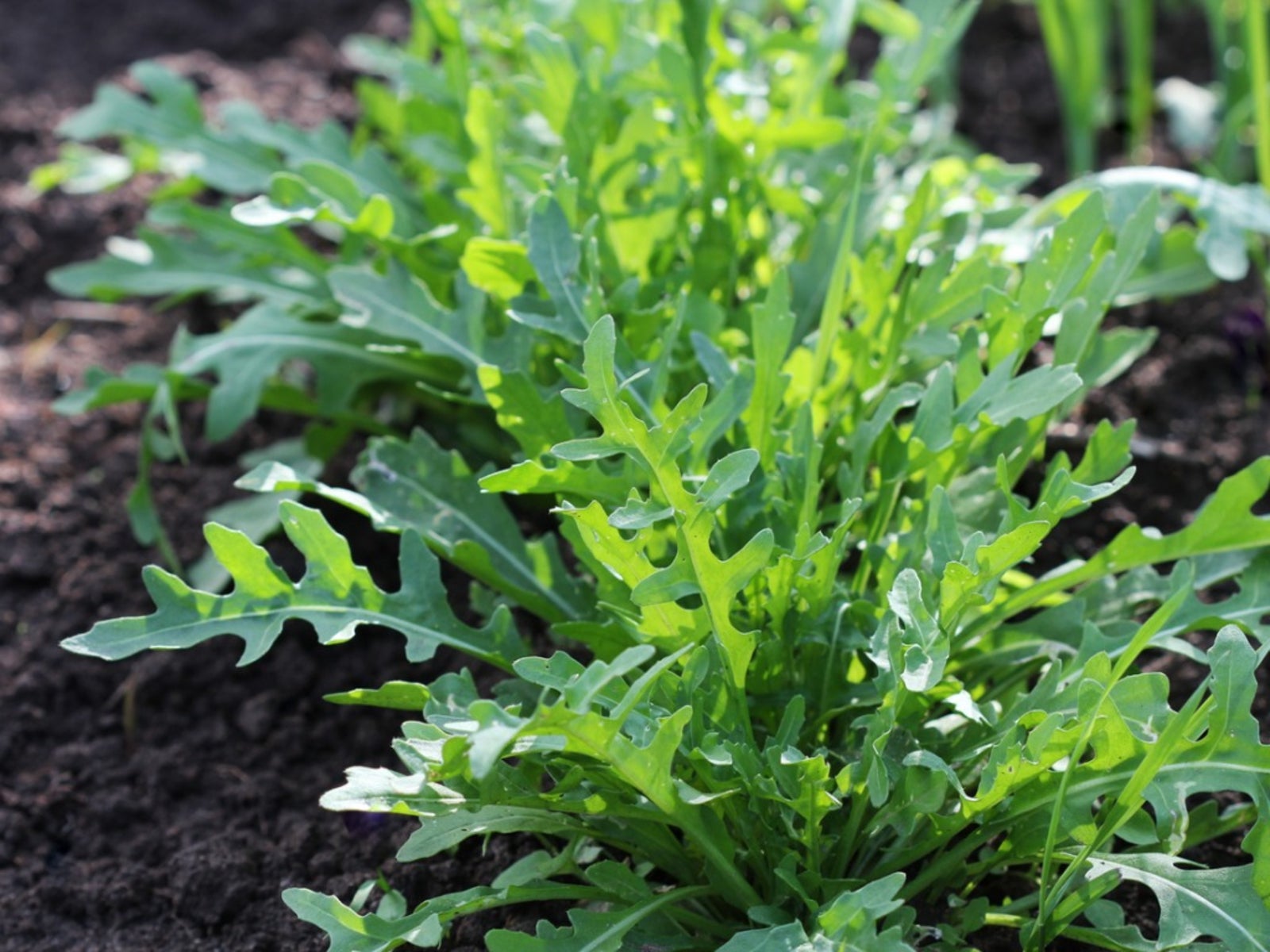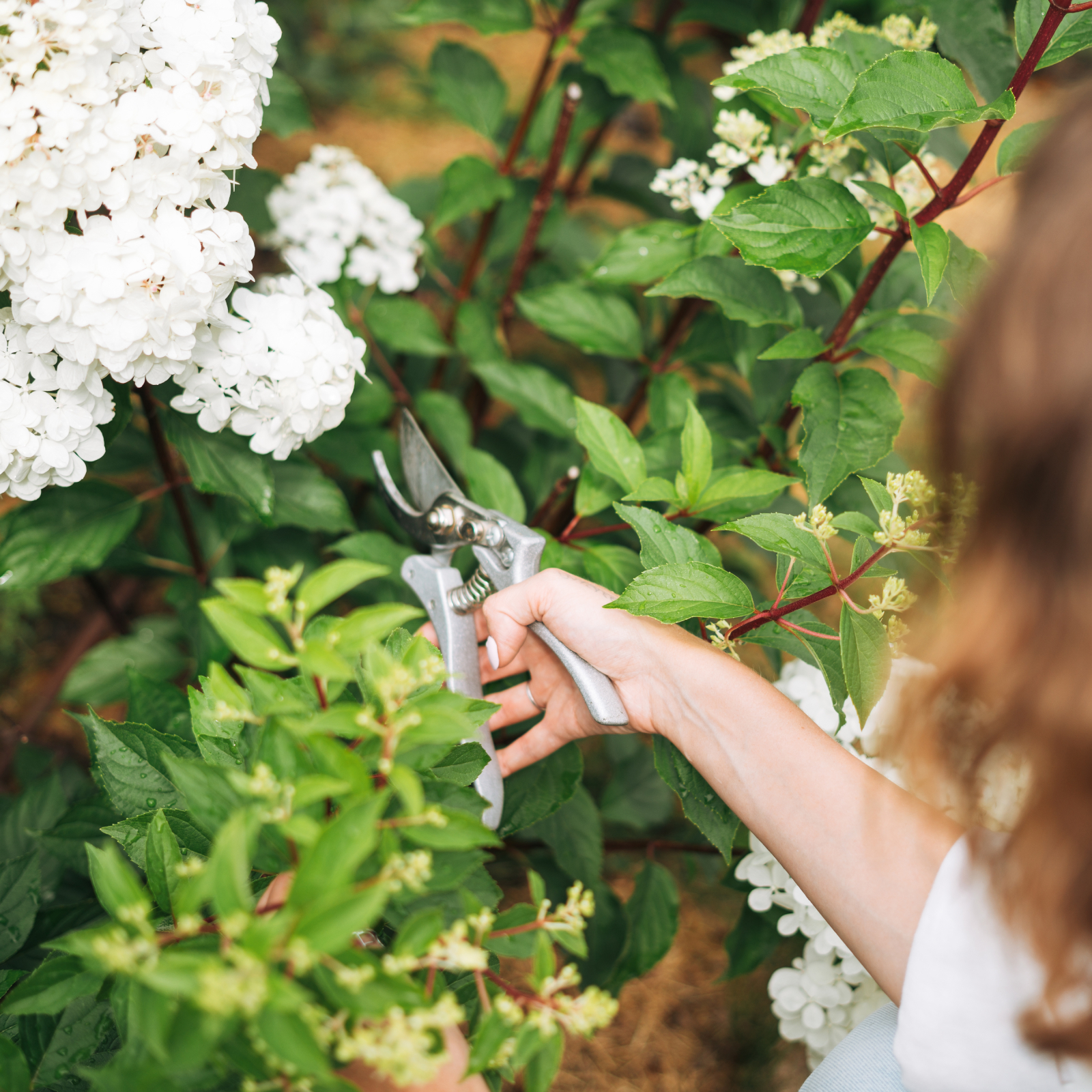How To Grow Arugula - Growing Arugula From Seed


What is arugula? The Romans called it Eruca and the Greeks wrote about it in medical texts in the first century. What is arugula? It's an ancient leafy vegetable that is currently a favorite of chefs around the globe. What is arugula? It's a specialty item in the lettuce section of your grocery that can be costly. Growing arugula from seed is easy, either in your garden or in a pot on your balcony, and the seeds are a bargain! Arugula (Eruca sativa) is the general name for several leafy salad greens with pungent, peppery leaves. Like most salad greens, it's an annual and does best in cooler weather. The arugula plant is low growing with dull green leaves that can be blanched to almost white when covered while still growing. Arugula is always found in the salad greens mix known as mesclun.
Tips for Growing Arugula
Most leafy greens can be direct sown in the ground and the arugula plant is no exception. Like most garden plants, the secret to how to grow arugula successfully lies in what you do before you plant that seed. The arugula plant grows best in well-drained soil, but it likes a lot of moisture so water frequently. The plants also prefer a soil pH of 6 to 6.5. Dig in some well rotted manure or compost before sowing to satisfy both these needs. This should be done as soon as the soil can be worked in the spring or better yet, prepare the soil in the fall before you shut down your beds so they'll be ready to plant for spring growing. Arugula loves cool weather and in most parts of the United States can be planted as early as April. All you need are daytime temperatures above 40 degrees F. (4 C.). Even frost won't hold it back. Arugula grows best in a sunny location although it tolerates some shade, particularly when summer temperatures rise. To satisfy that itch we gardeners get each spring to harvest something we have planted, there's nothing like growing arugula. From seed to harvest is about four weeks and in the garden, that's about as close as you can come to instant gratification. The plants will grow to a height of 1 to 2 feet (31-61 cm.), but will remain fairly low until the summer heat forces it to bolt. When you talk about how to grow arugula, there are those who'll recommend planting in rows and those who think it's easier to broadcast the seed over a designated area. The choice is yours. Plant the seeds about a ¼ inch (6 mm.) deep and 1 inch (2.5 cm.) apart, then gradually thin to 6 inch (15 cm.) spacing. Don't throw those seedlings away. They'll make a tasty addition to your salad or sandwich. Once the remaining plants have several sets of leaves, you can begin harvesting. Don't pull the entire plant, but take a few leaves from each so you'll have a continuous supply. Another advantage to growing arugula from seed is that you can make new plantings every two to three weeks to keep the supply going all summer. Don't plant too much at one time because you don't want the plants to bolt before you get a chance to harvest. For gardeners who are short on space, try growing arugula in a container. Any size pot will do, but remember, the smaller the pot, the more watering. For those of you with container grown trees, plant your arugula as a tasty and attractive soil cover. The roots are shallow and won't interfere with the larger plant's nutrients or growth. Now that you know how to grow arugula from seed, you'll have to give it a try. You'll be glad that you did.
Gardening tips, videos, info and more delivered right to your inbox!
Sign up for the Gardening Know How newsletter today and receive a free copy of our e-book "How to Grow Delicious Tomatoes".

Jackie Rhoades began writing for Gardening Know How in 2010.
-
 Pruning Limelight Hydrangea Bushes For Bigger Blooms & Stronger Plants
Pruning Limelight Hydrangea Bushes For Bigger Blooms & Stronger PlantsPruning 'Limelight' hydrangea will benefit the shrub. Flowers will be more bountiful the next year and branches will be stronger. Learn how and when to prune.
-
 What’s Wrong With Your Azaleas? Identify, Tackle And Prevent 6 Common Azalea Pests
What’s Wrong With Your Azaleas? Identify, Tackle And Prevent 6 Common Azalea PestsIf you’ve spotted signs of azalea leaf damage, don’t panic – here’s how to identify the most common azalea pests so you can take action swiftly and keep plants healthy